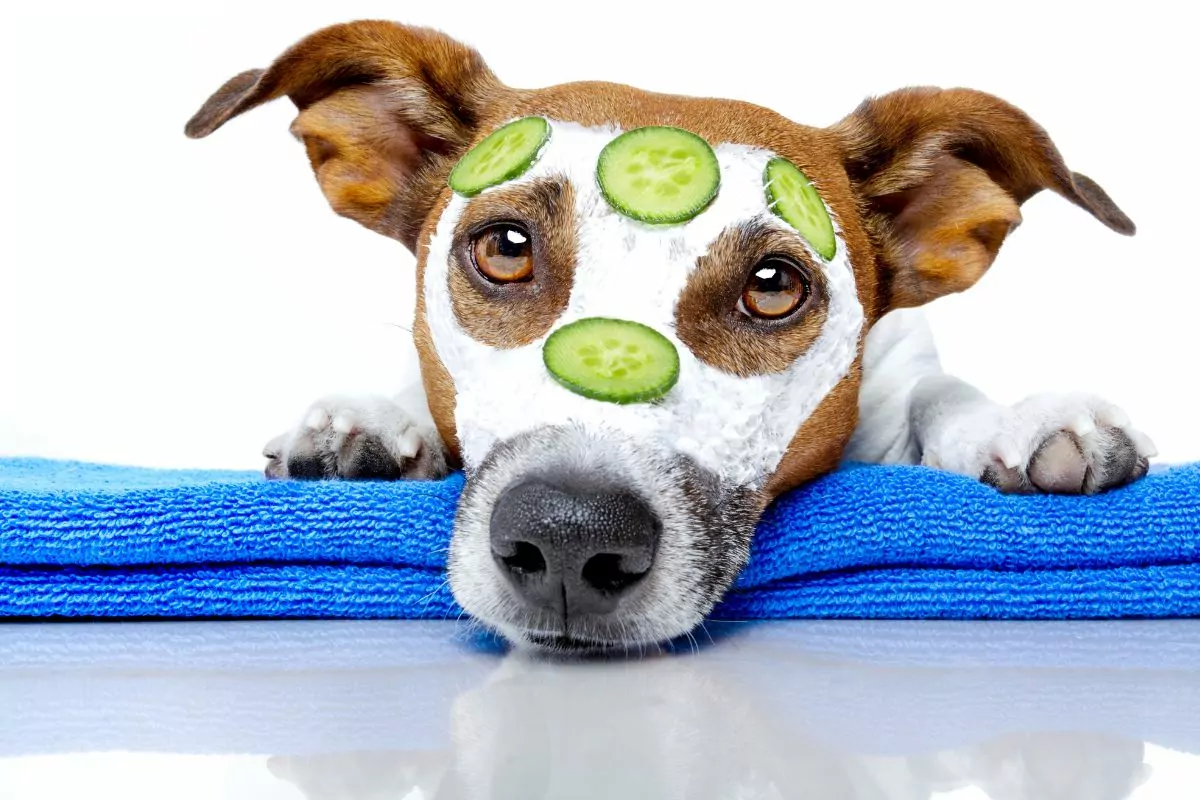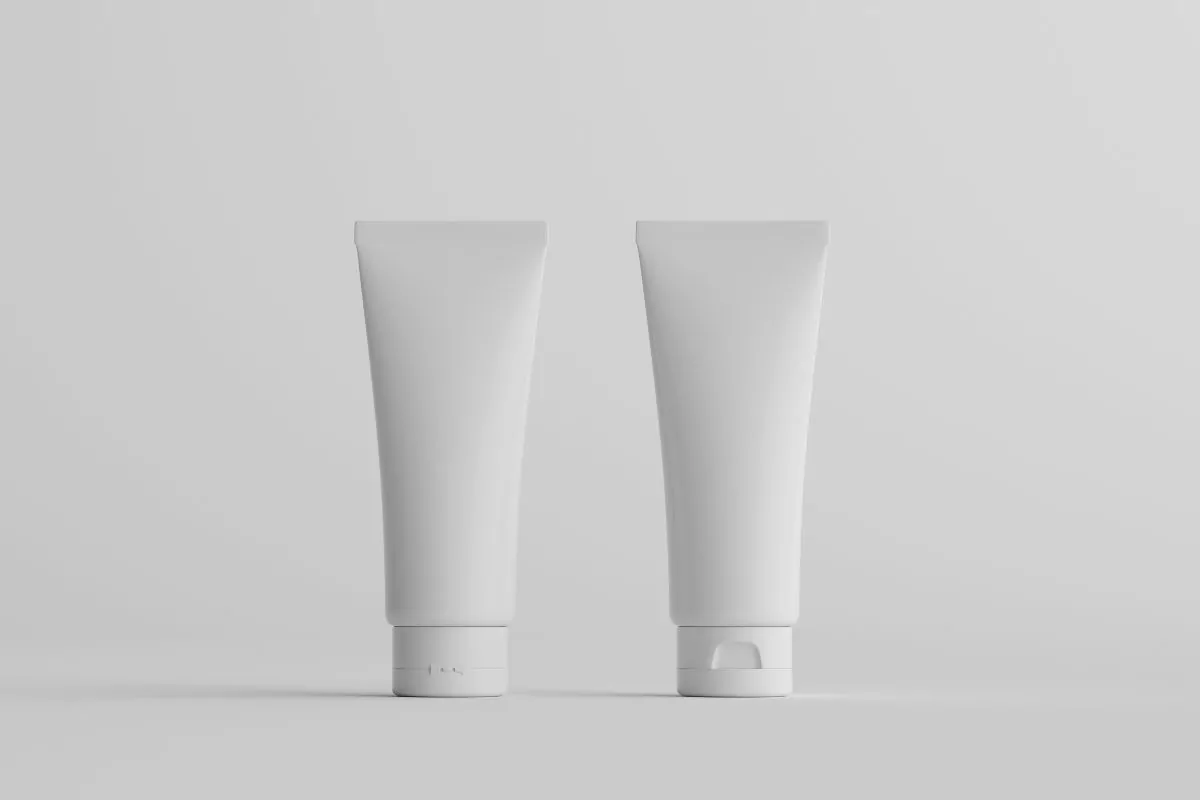Dog Pimples
If you strive to maintain your dog’s skin and coat health with the mildest dog shampoos and routine grooming, you might wonder, “Can dogs get pimples?” As the answer, dogs can get pimples, although they might not be as noticeable, given their fur coat.
Notably, observing our canine friend’s face and body covered in pimples can be disheartening. So, let’s address dog pimples and acne since our pets’ health is our priority.

What Do Canine Pimples Look Like?
Dog pimples typically look like small red or white bumps on the skin. They are often small, ranging from barely noticeable bumps to a few inches/millimeters wide.
Regarding their color, canine pimples can be pink, red, white, or black. Redness and swelling indicate inflammation, while black color is due to oxidized keratin plugs. The pimples can feel soft or firm smooth nodules depending on the level of inflammation. However, fluid-filled pimples have a softer consistency.
Dog pimples usually appear as single isolated pimples scattered about. Additionally, crusting, scaling, and clusters of pimples indicate a more severe case of acne. Sometimes, dog pimples weep serum or produce a small amount of blood if ruptured. Also, inflamed cysts on the chin/muzzle can cause patches of hair loss around the affected area.
Places Where Canines Get Pimples
The following questions and answers show some of the pimple-prone parts of a dog:
| Question | Answer |
| Can dogs get pimples on their head? | Yes |
| Can dogs get pimples on their nose? | Yes |
| Can dogs get pimples on their stomach? | Yes |
| Can dogs get pimples in their ears? | Yes |
| Can dogs get pimples on their private parts? | Yes |
| Can dogs get pimples on their neck? | Yes |
Why Do Dogs Get Pimples?
Notably, pyoderma is closely related to dog pimples and acne. Pyoderma translates to “pus in skin.” Black scabs, lesions, lumps, pimples, and hot patches are dogs’ most typical signs of pyoderma. These skin diseases arise from bacteria, fungi, or other causes, as discussed below:
- A pimple problem may arise from excessive wetness, especially from paw licking, leading to diseases such as interdigital furuncles. This condition causes excruciating cysts, abscesses, or pimples between the toes.
- Pimples can appear on any part of the dog’s body that rubs against the hair follicles. Notably, chafed skin can cause irritation and inflammation in the hair follicles. The same areas are also often breeding grounds for bacteria and yeast. Thus, dogs with loose skin and skin creases are more likely to get infections and pimples.
- Because of their high skin pH, dogs are particularly susceptible to the growth of harmful germs, particularly in response to skin irritation or damage. For example, little red spots that resemble pimples can develop because of a flea bite, resulting in flea bite dermatosis. Additionally, other infections may arise from scratching.
- Pimples and pustules can result from anything compromising a dog’s immune system, including lupus and allergies. Also, hormone-related conditions, including diabetes, hypothyroidism, and Cushing’s disease, can cause pimples in senior dogs.
- Debris and dirt on your dog’s skin might aggravate it and result in a breakout, causing pimples.
- Fur can break off close to the follicle due to trauma resulting from play fighting, a fight with another pet, rubbing on a rug, or other rough surfaces. These actions may lead to irritation of the follicles. In addition to increasing the likelihood of bacterial infection and consequent pimple production, inflammation can obstruct hair follicles.
- Grass, dust, mold, mites, tree pollen, and weeds are some environmental factors that cause allergies resulting in dog pimples.
- Allergies that cause contact dermatitis or irritants like plastic food bowls or digging outside might cause acne in dogs. Notably, digging exposes the dog’s skin to debris, bacteria, and parasites. This contamination can then clog pores and hair follicles, leading to infection and pimple formation when bacteria multiply.
- When someone with a peanut allergy consumes peanuts, they may experience a severe reaction that occasionally results in anaphylaxis (potentially life-threatening allergic reaction). Sadly, this also applies to pets. Food-related skin allergies run in families. Some canines with multiple food sensitivities have several food allergies.
- Pyoderma is more common in purebred dogs. Therefore, excessively selective breeding may contribute to this skin issue.

Dog Acne Treatment Options
Veterinary-Prescribed Options
Veterinarians typically prescribe the following acne treatment options:
- Benzoyl peroxide for dog acne
- Shampoos with medication, such as those for seborrhea
- For severe cases, doxycycline or other medications (treats bacterial infections)
- Retinoids or glucocorticoids (occasional prescription: retinoids reduce clogged pores, while glucocorticoids suppress inflammation)
- Antibiotics: Cephalexin for dogs
- Companion laser therapy
- Oral steroids: Prednisone
Notably, your dog’s veterinarian must identify the reason for any dog pimples and modify treatment. This move happens mostly if an array of infections or underlying medical disorders, such as allergies or hypothyroidism, bring on the pimples.
Home Treatments
The following home treatments can also effectively cure dog acne:
- Using glass, ceramic, or stainless steel alternatives instead of the plastic water bowl.
- Because bacteria from teeth can travel to the face, regularly cleaning the water bowl and adding dog mouth rinse to the drinking water.
- Regularly washing the dog’s face with aloe vera to relieve irritation and a mild oatmeal shampoo to lessen itching.
- Using dog face and ear wipes to clean the face area.
- Cleaning your dog’s toys and any other item that frequently comes into contact with their face, such as bedding.
- Drying off water and drool after a water-drinking session.
- Moisturize and lessen inflammation on your dog’s skin and coat by applying coconut or CBD oil.
- Dogs with skin irritations can benefit from aloe vera gel and shampoos.
- Apple cider vinegar is an inexpensive and readily available remedy and is an effective at-home treatment for canine acne. However, always dilute its acidity with water to prevent harm to your dog.
Can Puppies Get Pimples?
Acne is common in puppies aged five to eight months. Allegedly, hormones contribute to this condition, even though there isn’t any proof to back up this theory.
Do Dog Pimples Go Away?
In most mild cases, dog pimples will disappear within one to two weeks as the infection clears. However, always seek vet advice if pimples persist longer, seem inflamed/painful, or occur in clusters. Remember, with proper care, pimples are rarely severe.
Are Some Dog Breeds More Prone Than Others?
Some dog breeds are more prone to acne than others, primarily because of their shorter coats and specific skin traits. The following are a few of these breeds:
- English Bulldogs
- Great Danes
- Rottweilers
- Boxers
- German Shorthaired Pointers
- Mexican Hairless
- Chinese Crested
Do Hormonal Changes Cause Dog Pimples and Acne?
Hormonal fluctuations frequently cause breakouts in people but seldom occur in our canine friends. So, they are a rare cause of pimples and acne in dogs.
Can Dogs Get Blackheads?
Yes, blackheads are common in dogs. While harmless in mild cases, a vet should address severe cases to avoid complications. Also, proper hygiene and grooming help minimize their occurrence.
Should I Be Popping Dog Blackheads?
Notably, it is not advisable to pop your dog’s pimples or blackheads since this can release bacteria and produce a hot spot or other secondary ailment. Also, avoid trying to scrape or exfoliate them, as this irritates the hair follicles and worsens folliculitis.
Can I Use Human Pimple Products for Dog Acne?
No, unless your veterinarian advises so. Notably, many skin care treatments on the market may work well for treating human acne, but they might not be the best option for pets. Such skin care treatments may contain ingredients that can harm your dog when consumed or applied on their skin.

That’s a Wrap
Although it’s a prevalent skin issue, dog acne is little understood. Notably, many factors can lead to dog pimples, which can be challenging to treat. Fortunately, acne is rarely a significant issue. So, using ointments recommended by your veterinarian and maintaining good oral hygiene should resolve the issue for your dog.
